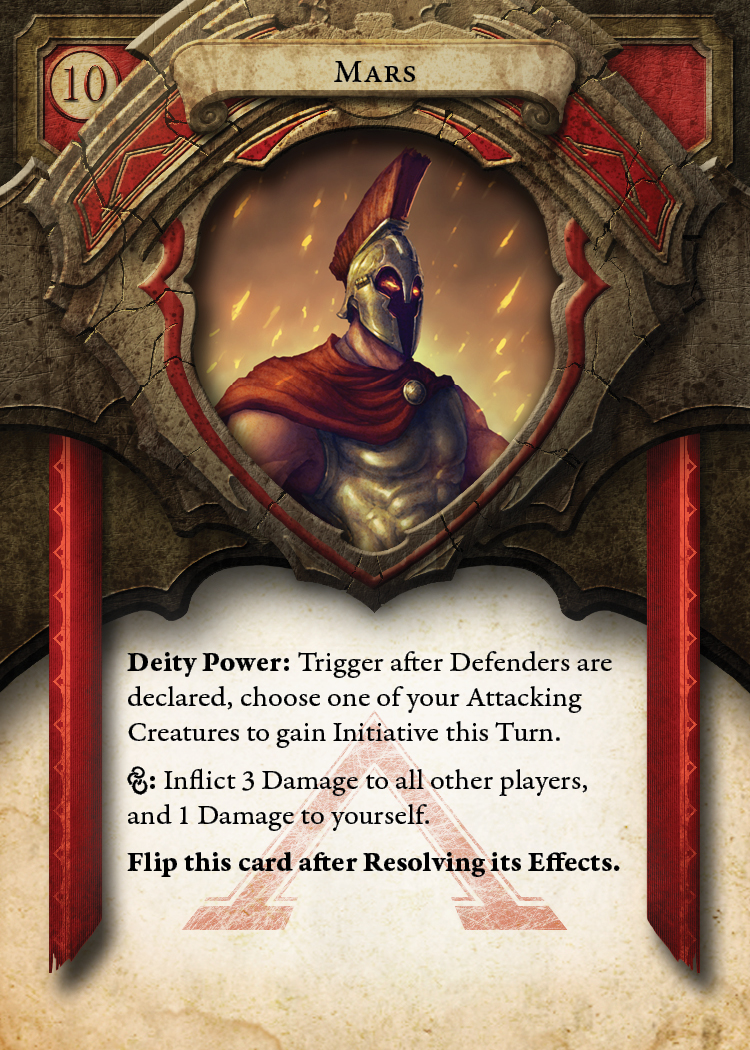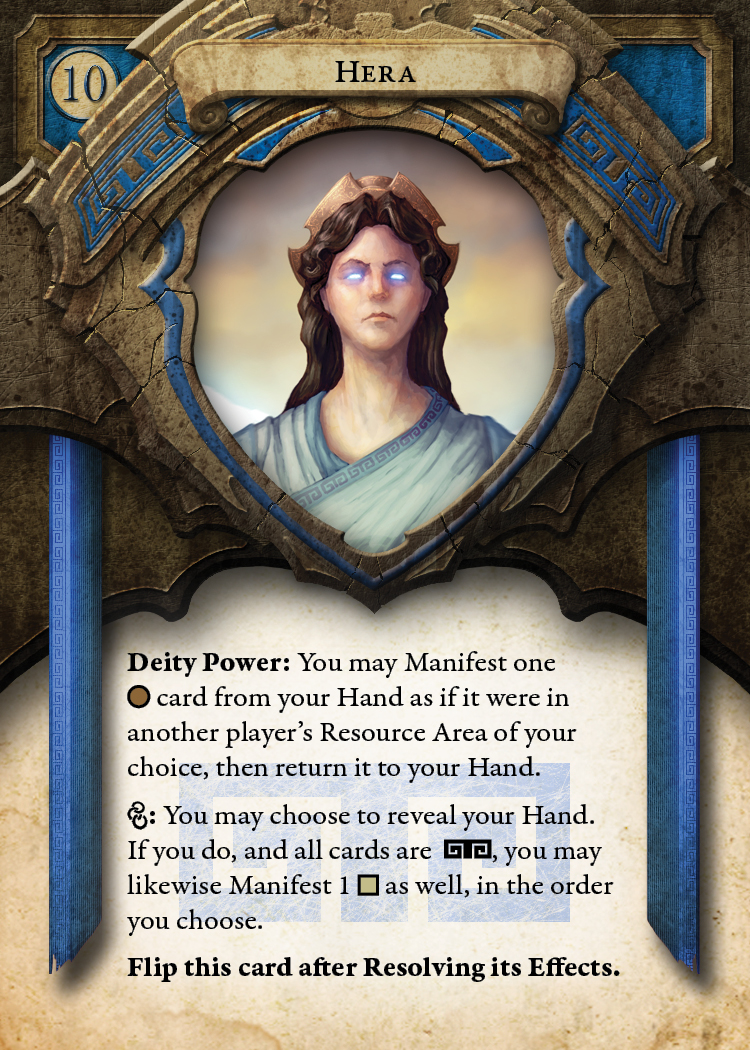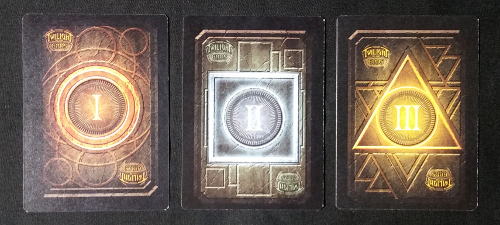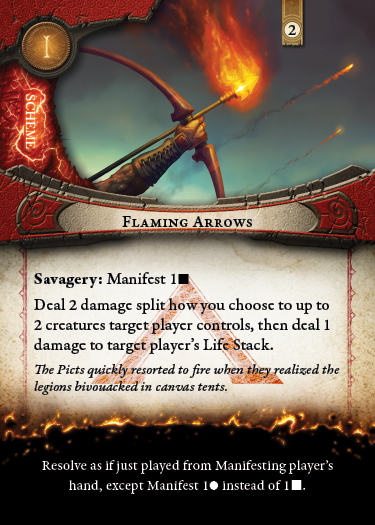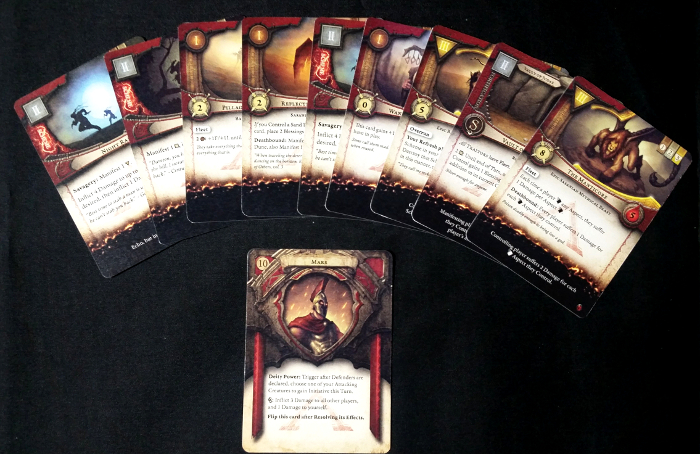The fall of Rome was a big deal. We’re told this over and over again in history class. For hundreds of years, Rome wasn’t just the center of the western world – it was the world. The Roman Empire had spent generations conquering and controlling vast territory, and they knew it. They also liked letting others know it too. At its center lay Rome, the scientific, cultural, economic, and military capital of it all. It was the pinnacle of civilization…for a while anyway.
But fall it did. When the Empire collapsed, Europe was plunged into centuries of utter uncertainty. Science, technology, literature – even organized society – all of these things took a back seat to mere survival. The point is, it wasn’t a great time to be a European during this period, for life was difficult, brutish, and short.
Hey, they call it the Dark Ages for a reason.
What’s often overlooked in all this, though, is that while it was pretty bad for humans, it wasn’t exactly ideal for the gods either. With their power (and even existence) fueled by belief in them, entire pantheons saw their powers collapse when shrines and temples crumbled and believers turned their backs. In a desperate last bid to hold on to relevance, the gods began to quarrel with one another, fighting to stay in the mortal realm or risk being forgotten forever.
At least, that’s the existential crisis you find yourself in with Twilight of the Gods, the new expandable card game designed by Chris Kluwe and Victory Point Games.
It’s also pretty much the plot to the last couple seasons of Hercules and Xena. Except this version is more fun.
In Twilight of the Gods, 2-6 players take on the mantle of powerful gods who are competing for survival. In doing so they summon creatures and cast spells to attack their enemies, all in the hopes of being the last deity standing. Choosing from a number of tailored decks, or customizing their own, players gain access to a variety of strategies at their disposal to make sure they are the ultimate champion.
If the whole thing sounds a bit Magic-esque, that’s no accident, as classic strategy card games like Magic: the Gathering were a big inspiration for the design of Twilight of the Gods. However, it would be a mistake to chalk this game up as some basic homage or facsimile, as there are a number of fundamental gameplay differences between the two. In fact, the most unique aspects to Twilight of the Gods are actively born out of trying to correct areas of Magic the designer felt were either too weak or missing entirely.
The first major difference is that Twilight of the Gods is designed to be a self-contained experience right out of the box. Each copy of the game comes with four pre-made decks that you can simply pick up and play. Every deck corresponds to a different deity, offering a variety of strategies to kick your opposition into oblivion.
Mars as the god of War, for example, focuses on creature-based combat as his main path to victory, whereas Hera’s focus is on deception and laying traps for her enemies. This self-contained model provides players one less barrier to entry while still offering a valued experience without feeling like the game is watered down or simplified for intro purposes. This is the modern model seen in games like Android: Netrunner, Game of Thrones, and Ashes.
Moreover, for those who enjoy customizing their decks to suit their own play styles, Twilight of the Gods has that option aplenty as well – so long as you include enough cards in your deck to satisfy the demands of your god. The initial game has plenty of options for you to mix and match cards to create all sorts of unique deck builds, and Victory Point has several expansions in the works to support this part of the game even further.
To that end, Twilight of the Gods – thankfully – follows the LCG/ECG card game model, thereby avoiding the numerous CCG pitfalls and keeping the game both affordable and accessible.
That all being said, what really makes Twilight of the Gods unique is how it handles a couple key areas of gameplay itself. The first of these is how it handles resource allocation.
In typical fashion, each player starts the game with their own deck and a hand of cards. Every card in Twilight belongs to one of four card types:
- Creatures, for attacking opponents and blocking other creatures
- Fortifications, non-creature cards in play that provide various abilities
- Intrigues, powerful non-creature cards in play that provide abilities but require upkeep costs
- Schemes, useful one-shot spells
Additionally, players each have a Deity card that provides a once-per-game ability if you so choose. Aside from that every card in the game belongs to one of the game’s three Aspect tiers, as denoted by its card back. Every card in Twilight is either capable of being played for its face up ability or can be played face down as a permanent resource of that Aspect tier. In order to pay the costs of cards to play, you must be able to pay for (exhaust) an amount of Aspect cards on your board equal to their cost.
The catch is, however, that you can’t simply play cards as Aspects. You don’t get to just drop a land or an energy card and immediately use them. No, in Twilight of the Gods, to get more Aspect resources you must agree to trade cards with your enemy.
Trading consists of two players agreeing to play some number of (usually equal valued) cards from their hand face down into their opponent’s Aspect pool. From then on, each turn you are able to use those Aspects to pay for cards. Cards like these:
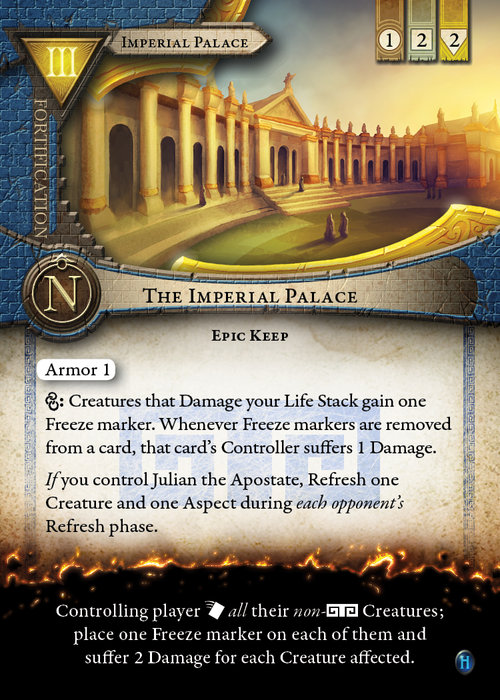
Casting this card would require 1 Level One Aspect, 2 Level Twos, and 3 Level Threes.
Prototype Shown
This idea of being forced to engage with your enemy in order to further your own ends adds a level of verbal interaction between players that is often devoid from similar styled games, making you actually – gasp! – socialize with the person across from you.
It’ll be okay.
Without players making some kind of trade concessions, the game becomes much more difficult, as this is the easiest means of getting the Aspects needed to play other cards. The idea of having each card serve a dual purpose – both as its intended purpose and as a resource – also adds an extra layer of strategic thinking, forcing you to decide if certain cards in your hand are worth trading away so you can play something better later on. Players draw two new cards each turn, but in Twilight of the Gods, you’re continually left making difficult decisions on how best to proceed, giving the game a definite tactical edge.
Should players refuse to trade with one another, Twilight has that covered as well, by including a separate process known as Seizing. With Seizing, if someone refuses to trade, you do have an option of simply taking a card from them instead. Doing so is costly, though, as you usually have to permanently remove a card in your hand from the game and discard a number of other cards, depending on the Aspect level you’re stealing. It’s a costly move, but sometimes, it just may be worth it.
Apparently gods don’t like taking no for an answer. Who knew?
The next few phases of the game are fairly straightforward. Here, you exhaust Aspect cards to play various cards to the board. Intrigues and Fortifications work right away, as do Creature abilities, though Creatures must wait a turn before they can attack. Schemes on the other hand can be played practically whenever, so you may also wish to hold off on using resources to cast something else later on. Say, on someone else’s turn.
Combat is similarly straightforward. For each creature you have, you may exhaust them to attack either an opponent’s deck or their discard pile. Your opponent then may assign up to one creature to block each of your attackers.
Every Creature has two major traits: Fight, which is the damage it deals to other creatures, and Life, which serves as both its health and how much damage it deals otherwise. Creatures deal their current Life amount when damaging a deck, causing the player to discard that many cards from their deck to their discard pile, and half their Life amount when damaging the discard pile, removing that many cards from the game. If a Creature ever runs out of Life points, they die.
Likewise, in this game, your deck is also your Life total; if your deck runs out of cards, you die.
After some maintenance steps, the next player takes their turn in a similar manner until one person is left standing.
The third, and most unique feature to Twilight of the Gods, though, is the idea of Manifesting cards. In a clever way of messing with your opponents, every card in the game contains a Manifest ability in the bottommost section. This effect only happens when an Aspect – one of those face down resource cards – is temporarily turned face up.
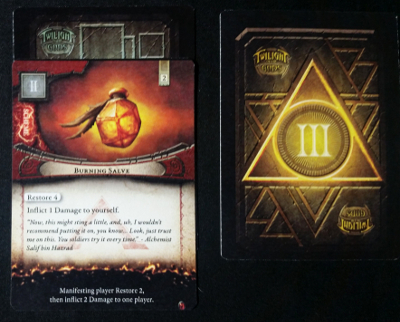
Manifesting some fun! This card heals you for two and deals two damage to someone else.
Prototype Shown
Many cards in the game provide the ability to Manifest a specific level Aspect cards; doing so usually awards a strategic advantage to the person flipping it over. You may Manfiest any Aspect card, though it’s often less risky to choose cards in your opponent’s area since you know what the Manfiest effects are. (Since they’re your cards and all.)
Some Manifest effects may do damage to the player controlling them for example, or cause them to discard cards. Some are beneficial to you. The whole thing is a mix of planning correctly and occasional gambles. This process can often be repeated too: most of the time, Manifested cards are turned face down again at the end of the turn.
Still, in what is arguably the most intriguing part of the game, Manfesting adds an additional hidden layer of deception and strategic planning in a way that’s quite uncommon to see in ECG-style card games. The effects behind Manifesting are wide-ranging and varied, and the entire process of flipping over cards that would otherwise just be relegated to resource generators is an excellent twist on the genre. For that alone, Twilight of the Gods may be worth a look.
Now, for all of the interesting ideas the game offers, there are a couple normal caveats for a game of this style. First, Twilight has a fair amount of rules, and while most of them are rather intuitive, it does mean there’s a learning curve to contend with. Second, Twilight offers up an impressive amount of keyworded abilities and effects that provide a bevvy of strategy and flavor to the game, each with a different approach depending on the deck / cards being used. As excellent as this is for replayability and variability of gameplay, however, this also means the game has a fair amount of jargon to reference at first. Not quite Netrunner level jargon, but…close.
And finally, although Twilight creates new strategic avenues to explore thanks to the ideas of trading for resources and Manifesting cards, these facets, when combined with the depth of card abilities in the game will likely have you a little confused at first in terms of ideal moves to make. It will likely take a few playthroughs to feel completely comfortable with the numerous card concepts and the game offers.
All told, once you master the basics, it doesn’t take long to realize how deep yet compelling the game can be. Twilight of the Gods manages to do something quite rare in the competitive customized card game genre: offer up something truly new and original. The dual nature of having to interact with your opponents as part of building up your resources, while simultaneously using that negotiation for future subterfuge is much more involved than simply tossing down lands and casting your best cards possible.
Every turn is a series of important decisions, and every card can serve you in multuple ways. With plenty of flavor in each deck and more already planned on the horizon, it’s clear that some Olympian-level thought went into developing Twilight of the Gods. If you enjoy games that reward skill, guile, and a creative new approach to raining fire down upon your enemies, Twilight of the Gods is the newest such option for your arsenal. To see more about what it’d take to be a god, head over to its Kickstarter. Free ambrosia with every purchase!
Photo Credits: Twilight of the Gods cover and artwork by Victory Point Games.

